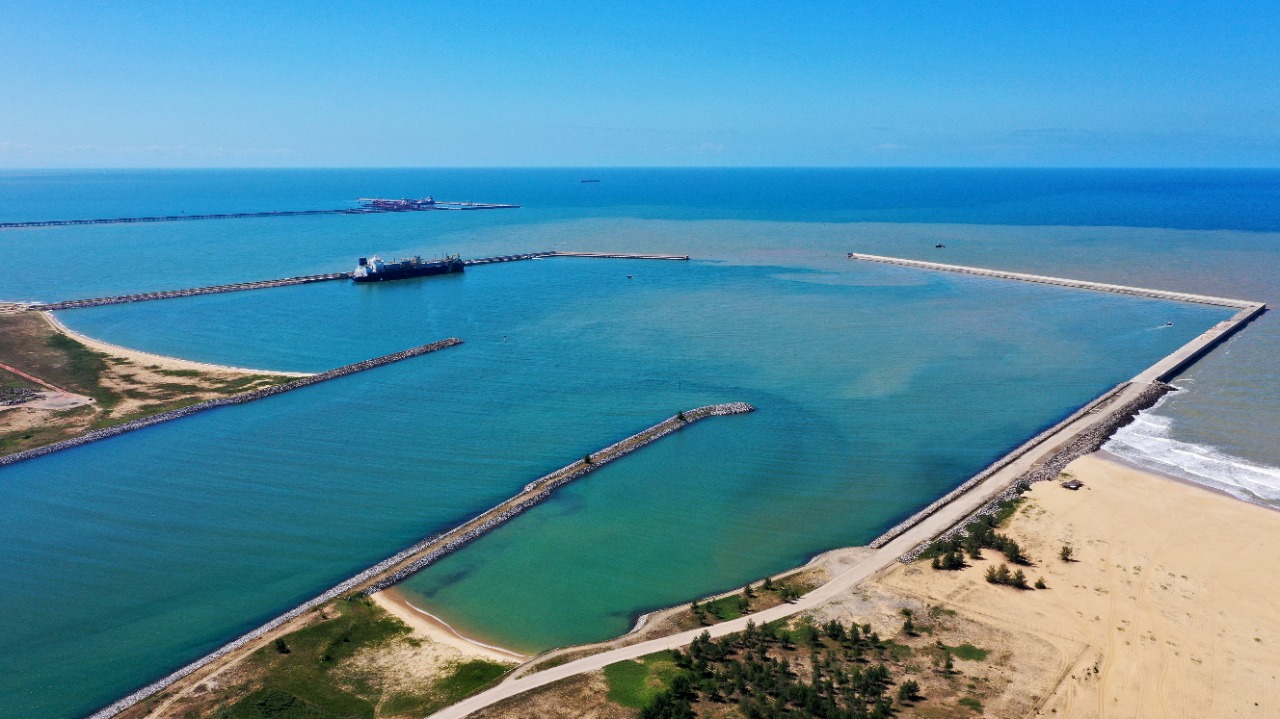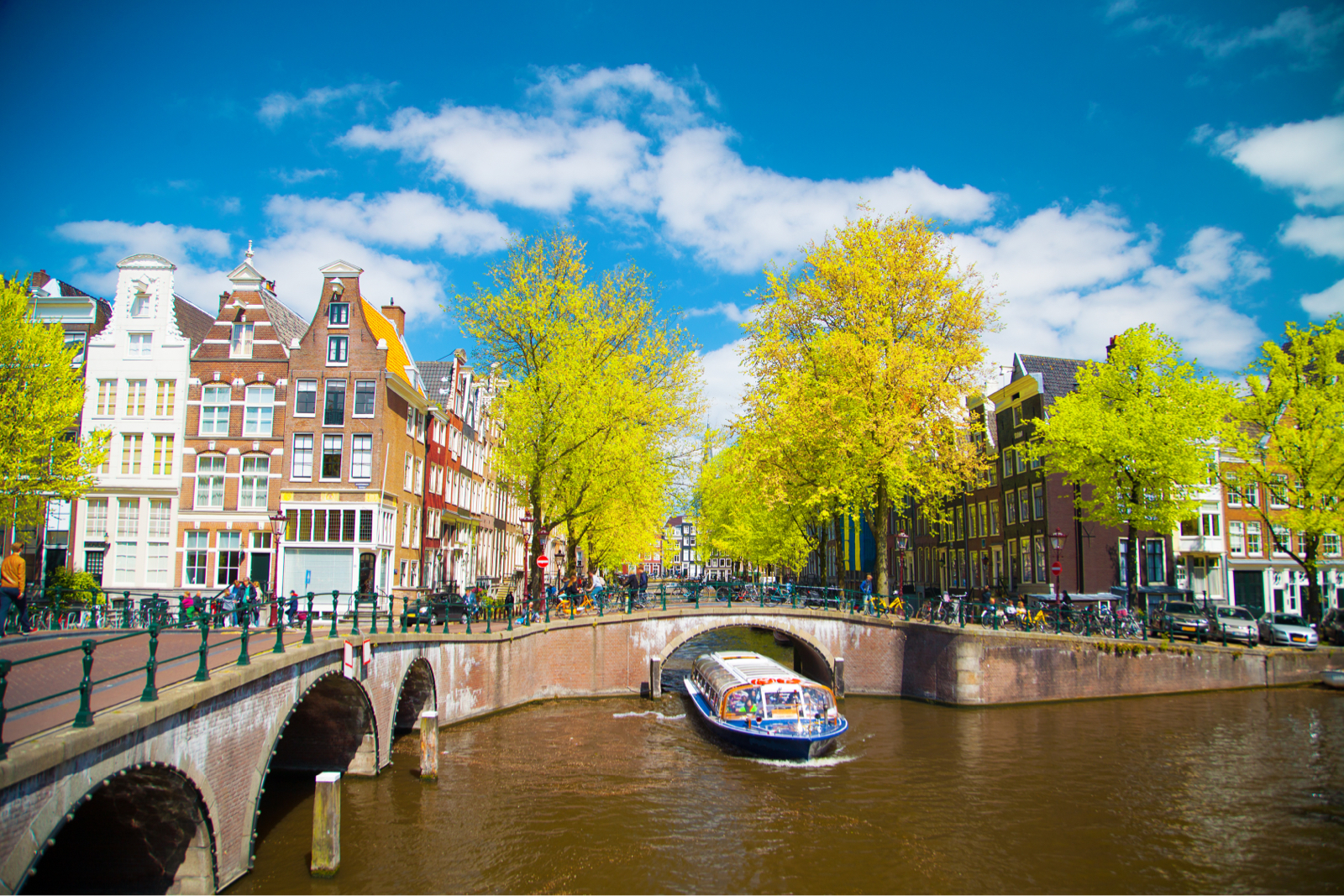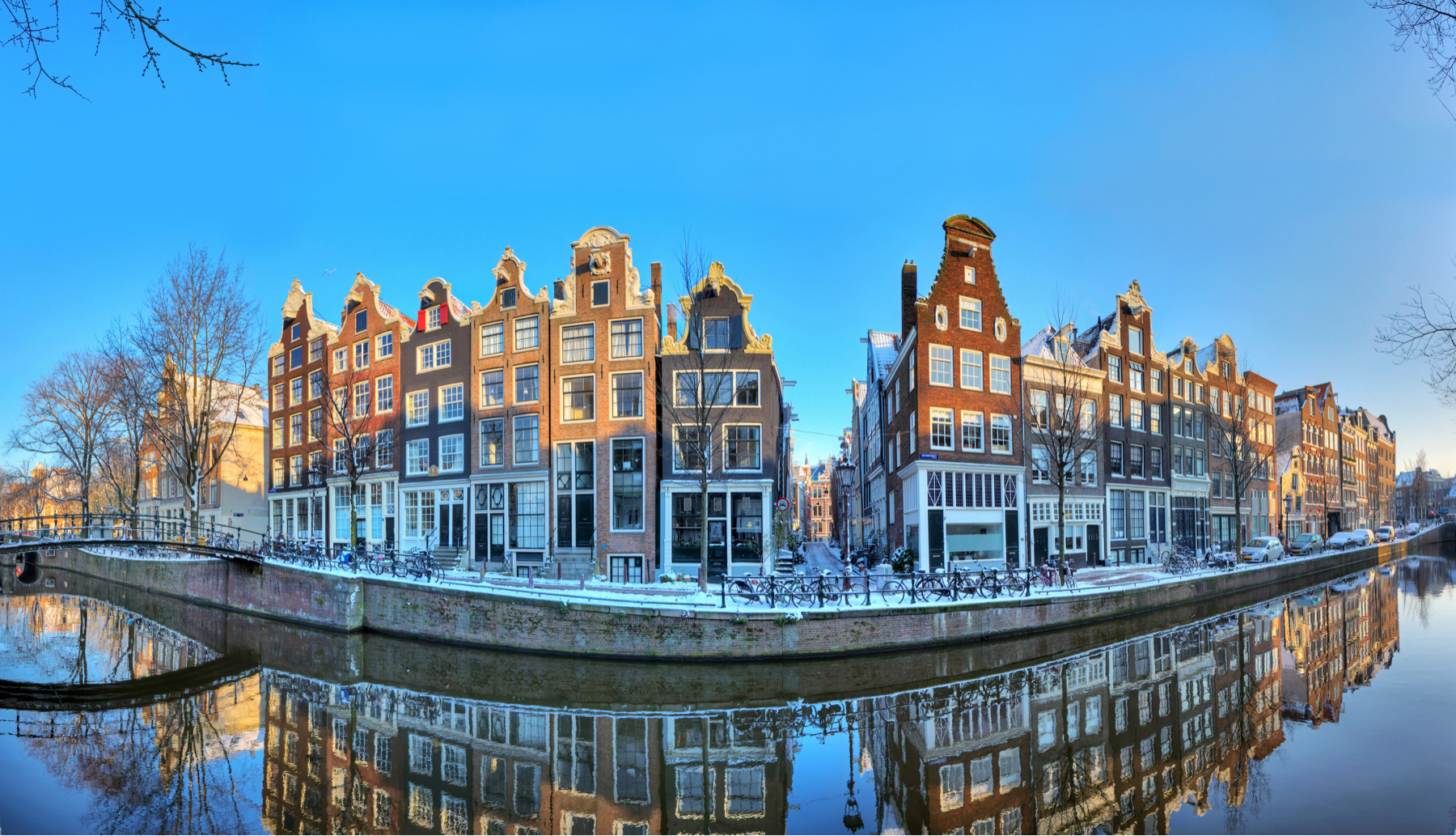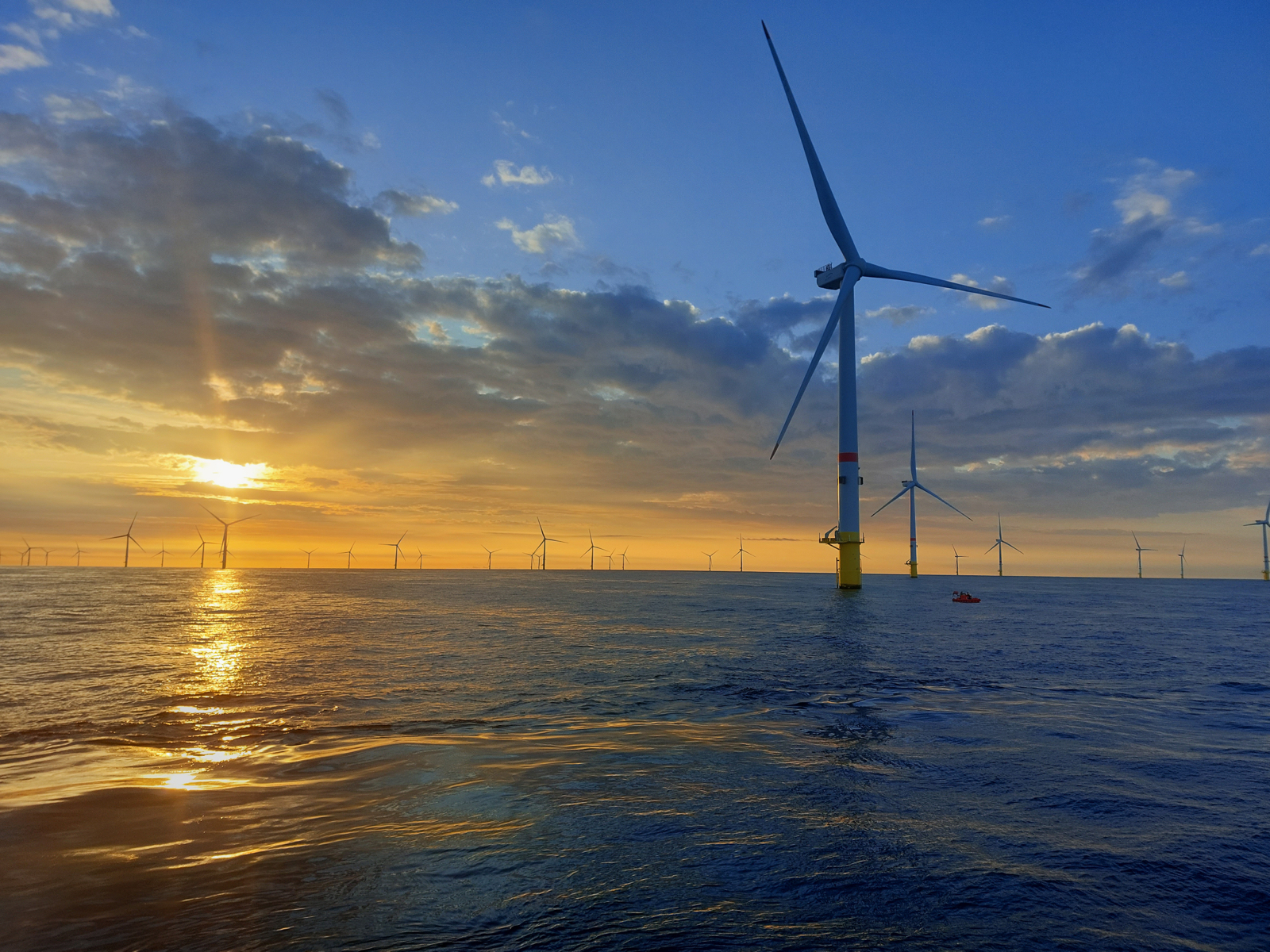Designing underground infrastructure
Energy transmission has a significant impact on the spatial design of the subsurface. The construction of new heat networks, pipelines and electricity cables puts increased pressure on space in the subsurface, and raises new knowledge questions. Deltares is studying the effects of new underground infrastructure on the environment, for example due to temperature change. We also look at how this infrastructure can be built cost-effectively and without inconvenience, for example with innovative installation methods for pipelines and by investigating the impact of the infrastructure on the environment.
Our research contributes to SDG7 by reducing the costs of energy transport, and therefore making renewable energy more affordable and accessible. With government bodies, asset owners, engineering firms and contractors, we are improving the design and installation of electricity cables, heating and hydrogen networks while keeping a carbon-free built environment in mind.
New installation techniques for underground infrastructure
Cables and pipelines have typically been installed in open trenches, an approach that leads to disruption above the ground. Trenchless technologies can help. Deltares is therefore working with contractors and asset owners to design and test new trenchless installation techniques. With a ploughing technique for example, or a tunnelling technique, pipelines can be installed at shallow depths. The fast installation process with these techniques is needed to meet the requirements for the energy transition. Trenchless installation at shallow depths also makes access to the pipeline or cables easier when maintenance or repair is required, making the infrastructure system more resilient. For example, with our partner Kouwenberg Infra we developed a new method for connecting homes faster and more economically to a heating network and making them gas-free. This technique eliminates the need to dig trenches and there is less damage to the environment.
'By ensuring that our knowledge about trenchless techniques is accessible to contractors and asset owners, for example through our software product D-Geo Pipeline, we help to supply affordable sustainable energy with the least negative impact on the environment.'
Guido Remmerswaal, geotechnical researcher at Deltares

Impact of underground infrastructure on the surroundings
The large-scale installation of electricity cables and district heating pipelines, and climate change, raises the subsoil temperature. This may affect crop growth and raise the temperature of drinking water in the mains, encouraging the growth of bacteria, viruses and fungi. Deltares developed a tool to predict the temperature interaction between pipeline, cable, subsoil and climate. This method is used to identify the ideal location for new heating pipelines and electricity cables without impacting our drinking water.
Distribution pipelines are often located near other line infrastructure such as dikes and roads. Deltares and partners assess the effect of pipelines on the safety of nearby dikes in the national dike upgrade programme (POV K+L). We developed the tools for water authorities and asset owners to ensure the safety of pipelines and dikes and also performed geocentrifuge testing to investigate the impact of increased traffic loads on pipelines.

GeoCentrifuge test setup for measuring the impact of traffic on pipelines.
Sustainable development goals
Industry, innovation and infrastructure

Affordable and clean energy









